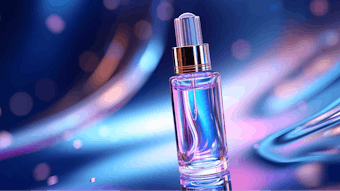Situations occurring in ancient Greek comedy were frequently complicated, both because the events were complex and because the actors improvised their speech in order to draw more attention from the audience. To solve intricate circumstances at the end of a performance, dramatists invented a machine that was able to lower a basket in which a god was sitting.
Once in the middle of the stage, the god set everybody a task or a destiny. In Latin, the god was called the deus ex machina, meaning the god from the engine. With the help of the deus ex machina, the performance could finally be brought to an end.
In cosmetics, the keystone of stability and cutaneous activity of emulsions is the emulsifying system. Especially in color cosmetics, this system behaves like a real deus ex machina, because the key roles of cutaneous spreadability, pigment wetting, applied color, sensorial developments, long-term compatibility with the skin, long-lasting effect and stable visual perception are also regulated by the emulsifying system. In the age of polymeric emulsifiers, this multifunctional machine has been accessorized by new ingredients with vegetal moieties.
The product of chemical synthesis and technology applied to vegetal polymers, these emulsifiers represent an intelligent system associating organic synthesis with biological elements to achieve environmentally friendly substances. Moreover, the new emulsifiers show unexpected efficiency.
Recently, a novel graft copolymer based on a naturally occurring polysaccharide has been synthesized. The polysaccharide is inulin, a polyfructose. The copolymer, inulin lauryl carbamatea, is the subject of this article. Besides having a high safety profile, inulin lauryl carbamates can emulsify high amounts of oil and wet several types of solid ingredients, such as pigments and fillers, in water to create either high-viscosity emulsions or fluid ones.










